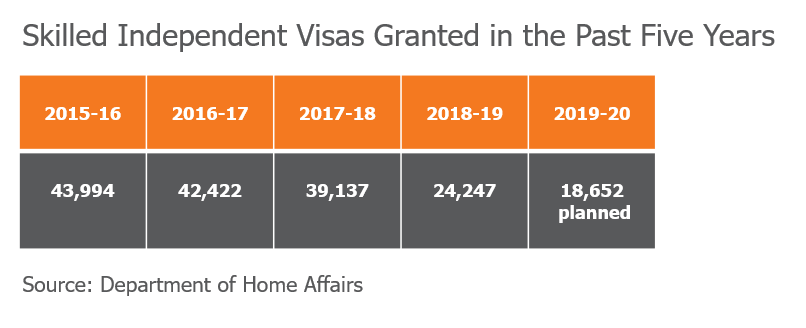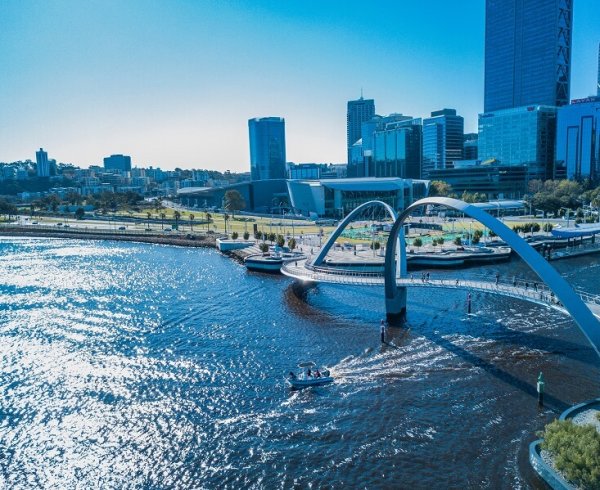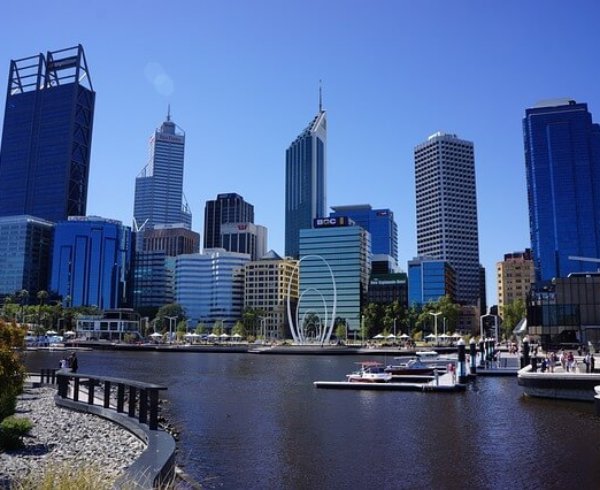As part of Australia’s focus on skilled regional visa arrangements, the composition of the Australian Skilled Migration program has shifted to promote a larger percentage of migrants in regional areas. While this has created more opportunities for permanent residence in regional areas, the number of placements for visas that allow migrants to live in any area of Australia have been reduced. Here’s our insights.
Skilled migration program shifts to emphasise regional visa opportunities
According to 2019/20 migration planning levels, at least 47,968 placements have been allocated for permanent skilled visas in regional areas out of a total of 108,682 placements in the Skilled Migration program.
This planning level for regional or state/territory nominated migration in 2019/20 includes:
- 9,000 placements for the new Skilled Employer Sponsored Regional (SESR) 494 Visa from November 2019
- 14,000 placements for the new Skilled Regional (Provisional) 491 Visa from November 2019
- 24,968 placements for State/Territory Nominated Visas within the General Skilled Migration program
The above figures do not include 6,862 placements that have been allocated for the Business Innovation and Investment Program for 2019/20. Opportunities for State/Territory Nominated Visas also exist within this program, however the exact number of placements for these have not been specified.
The above visa categories form Australia’s planned ‘State-specific and Regional Migration’ (SSRM) intake for 2019/20. If all placements are filled according to 2019/20 planning levels, we can expect 44 percent of Australia’s Skilled Permanent Residence Placements will be allocated to skilled migrants on a Regional or State/Territory Nominated Visa.
Trends in Australia’s State-specific and Regional Migration’ (SSRM) intake
In contrast with Australia’s actual regional skilled migration intake levels in previous years, a planned 44 per cent for SSRM is substantial. The increase demonstrates the magnitude of the Government’s policy shifts towards regional migration.
As you can see below, SSRM accounted for 36,250 visas granted in 2017/18. This was only 32.6 per cent of Australia’s total skilled migration intake of 111,099 people within the year.
SSRM figures for 2018/19 are yet to be released, however over the past ten years, the SSRM percentage of the total skilled migration program has historically only peaked at 40.3 per cent in 2012-13. Since this peak, the SSRM percentage has generally remained stable at around 30%.

Permanent residence in regional Australia
The new planning levels are set to change the availability of permanent residence visas across regional and metropolitan areas of Australia. However, it remains to be seen whether skilled regional visa incentives will attract migrants to live and work regionally and whether all placements will be filled.
A Parliamentary Inquiry is being held to discuss strategies to incentivise migrants to live and work regionally. If Australia is unable to attract migrants to regional areas, less skilled migrants may be accepted into the nation than the allowed planning levels.
Impacts for employers and skilled visa applicants
To accommodate the increase in the forecast SSRM percentage to 44%, less placements will be available for visas that are non state/territory or regional specific in 2019/20. We expect this will result in increased competition for visas that enable an overseas worker to live and work in any area of Australia.
This is particularly the case for skilled migrants applying independently without an employer sponsor through the General Skilled Migration program. Only 18,652 Skilled Independent placements have been planned for 2019/20, compared to 24,247 Skilled Independent Visas granted in 2018-19. Skilled Independent Visas enable migrants to live and work in any area of Australia.

Employers with a need to secure suitably skilled workers for their remote or regional operations, such as businesses in the resources, agricultural and hospitality/tourism industries, may benefit from the increase in placements for regional migration. Read about how employers can sponsor regional visa applicants with greater flexibility under the new 494 Regional Visa commencing in November 2019.
It’s important to note that while the skilled Regional Visa changes will provide more opportunities to engage overseas workers for work in remote areas, the visa process will become more complex. Employers and visa applicants will need to provide more substantial levels of evidence for a valid application – find out more about the requirements here.
Business Migration | Strategic Thinking
We will keep you updated with further insights on Australia’s new skilled regional visas. Our Registered Migration Agents specialise in skilled migration matters, including skilled regional visa sponsorship, and would be happy to advise of your options. Simply contact our team on +61 8 9221 3388 (or National Free Call 1800 449 858) or [email protected]
Source:
Minister for Immigration, Citizenship, Migrant Services and Multicultural Affairs Media Release







